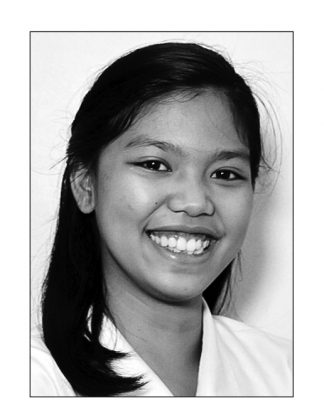SCHOOLS should help promote the country’s vast human resource as part of their internationalization and cross-border learning programs, according to an official of the Commission on Higher Education (CHEd).
CHEd will hold a public consultation on a new “framework” for internationalization policies of the country’s higher education institutions this November, said Lily Freida Milla, CHEd director for international relations and linkages. This will also be in line with the integration plan of countries in the Association of Southeast Asian Nations (Asean), she said.
“Internationalization is the buzz word right now, but we need to identify what is our national interest in pursuing international activities and international programs. We cannot just have institutions send off [people],” Milla said in an interview, referring to students and faculty members sent abroad for scholarship grants and paper presentations.
“What we want to present is that we have very capable human resource in the Philippines that foreign investors or businesses that can tap into,” she added.
In 2014, CHEd released guidelines for internationalization. CHEd Memorandum Order No. 11 states that the commission is mandated to “oversee and guide higher education institutions in participating in the internationalization process.”
The memorandum promotes the “mobility of students among higher education institutions” through the Asean International Mobility for Students or AIMS program, which the University has been a part of since 2014.
Lilian Sison, head of the UST Office of International Relations and Programs, said the University has comprehensive internationalization guidelines of its own based on CHEd’s memorandum, focusing on the mobility of students and faculty, research, and other programs.
During the Rector’s Report last Oct. 16, Rector Fr. Herminio Dagohoy, O.P., noted the increase in the number of UST’s partnerships and linkages, citing the collaboration with Curtin University of Australia to establish a new post-graduate degree program in metallurgical engineering.
Dagohoy said out of the existing 102 linkages the University has with institutions abroad, there were 20 new bilateral agreements forged in 2014.
Research in rehabilitation sciences, biology and chemistry were made possible through grants from international agencies such as the United States Agency for International Development, United Nations Educational, Scientific and Cultural Organization, the International Foundation for Science, and United States Science Foundation.
Last year, the University synchronized its academic calendar with other Asean countries in preparation for the economic integration of the Southeast Asian region at the end of 2015. Kathryn Jedi V. Baylon with reports from Danielle Ann F. Gabriel
















